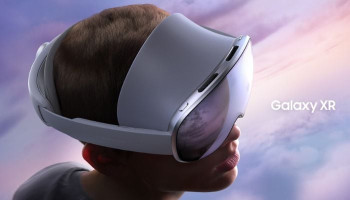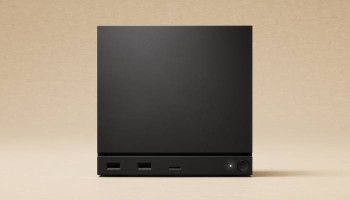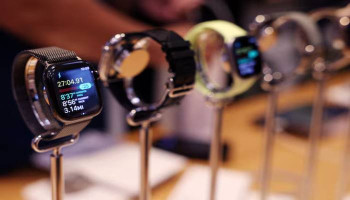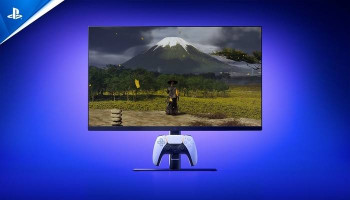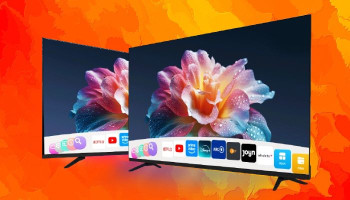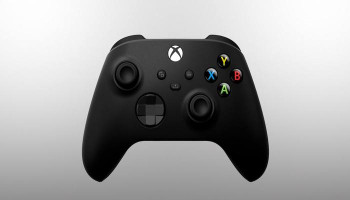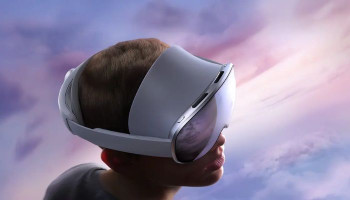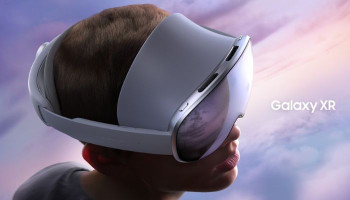
Noise cancelling headphones are a type of headphones that can reduce or eliminate unwanted ambient sounds, such as traffic, aircraft, or crowds. By creating a quieter listening environment, noise-cancelling headphones can help you focus on your music, podcast, audiobook, or phone call, without being distracted or disturbed by the noise around you.
But how do noise-cancelling headphones work, and what are the benefits of using them? In this article, we will explain the science behind noise-cancelling technology.
How noise cancelling technology works
There are two main types of noise-cancelling technology: passive and active.
Passive noise cancelling
It involves blocking out sound waves physically, by using materials that absorb or reflect sound. This is similar to how earplugs or earmuffs work.
Passive noise cancelling headphones usually have thick ear cushions or ear tips that create a tight seal around your ears or ear canals, preventing sound from entering. Passive noise cancelling is effective at reducing high-frequency sounds, such as human voices or music.
Active noise cancelling
It involves creating sound waves that cancel out the unwanted sound waves. This is based on the principle of destructive interference, which states that when two sound waves of the same frequency and amplitude meet, they cancel each other out. Active noise cancelling headphones have microphones that pick up the ambient noise and generate an opposite sound wave (called an anti-noise) that is played through the speakers. Active noise cancelling is effective at reducing low-frequency sounds, such as engine rumble or air conditioning.
Most noise cancelling headphones use both passive and active noise cancelling to achieve the best results. However, some noise cancelling headphones allow you to adjust the level of active noise cancellation (ANC) according to your preference or situation. For example, you may want to reduce the ANC level to hear some environmental sounds for safety reasons. For example, you are riding a bicycle so you want to hear the noise of vehicles passing by you to keep yourself safe. Or if you experience discomfort from the pressure sensation caused by ANC (what we call “eardrum suck”).





